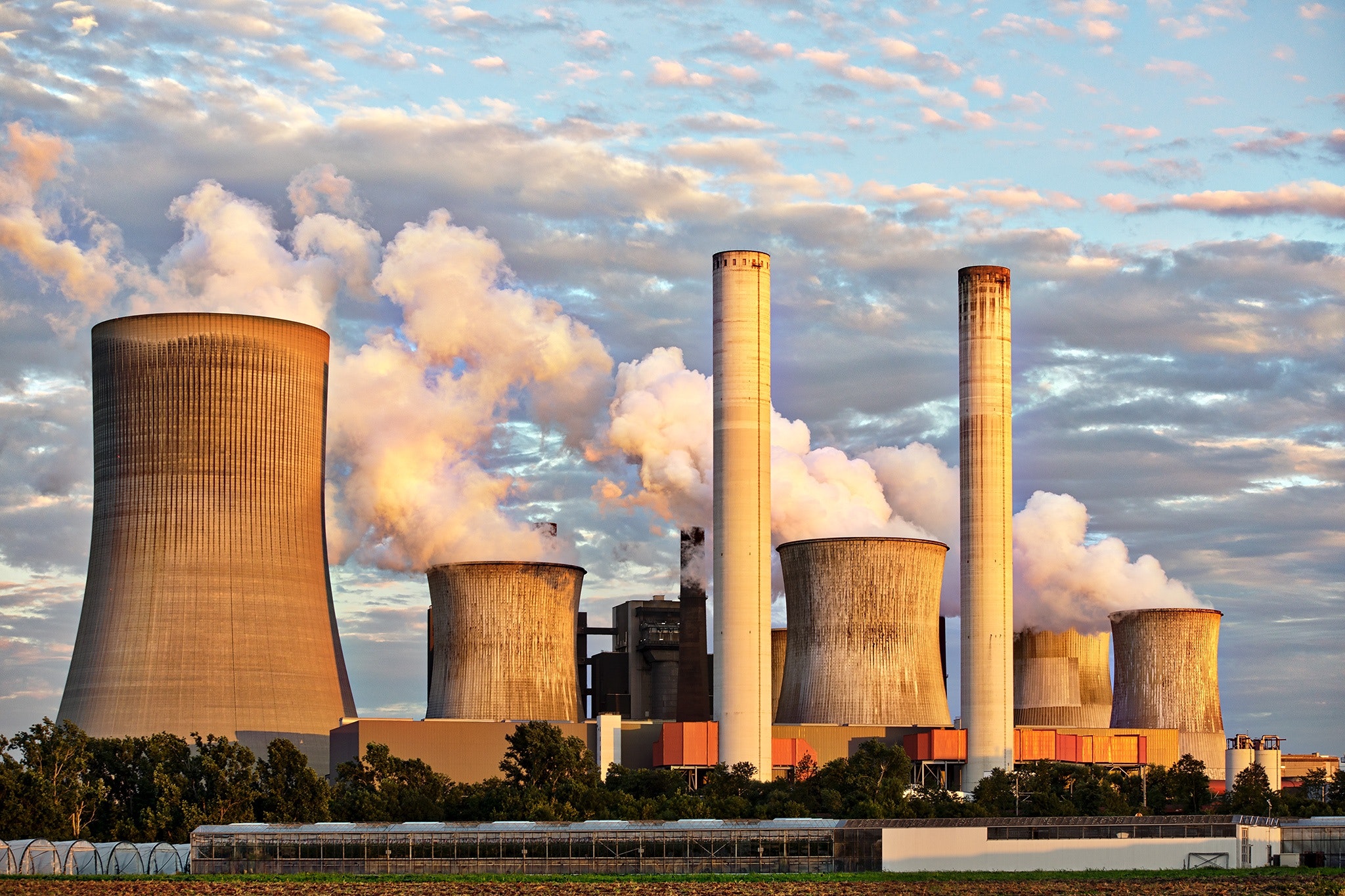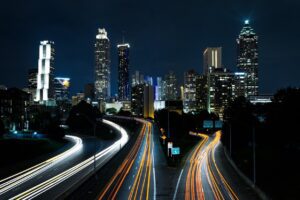What if we told you there is a source of energy that is clean, cheap, and abundant that could help us eliminate carbon emissions? Well, it’s true. Nuclear power is cleaner and more reliable than renewable energy sources, such as solar and wind. For this reason, many countries are considering Nuclear power to reach their sustainability goals. But, despite nuclear power’s many benefits, the common concern is still safety. We are going to walk you through the facts on nuclear power generation to help you better understand the benefits and risks.
What is Nuclear Energy?
Nuclear energy is the energy released from the nucleus of an atom during either fission or fusion. Fission is when the nucleus is split apart, while fusion is when two or more nuclei fuse together. The nuclear power used for electricity is generated through fission.
In a nuclear power plant, nuclear reactors and surrounding equipment produce heat through fission. This process is typically fueled by uranium. This heat then brings the cooling agent within the reactor, typically water, to a boil, creating steam. Finally, the steam is moved into spin turbines that activate an electric generator.
What are the benefits?
There are several reasons why nuclear power is on the rise once again. First, nuclear energy is not only clean, but also reliable. It currently stands as the largest source of clean energy in the U.S., avoiding more than 470 million metric tons of carbon emissions each year. In addition, unlike other clean energy sources such as wind and solar, nuclear power does not rely on weather conditions. This means that these plants can create steady energy output regardless of the climate conditions.
Nuclear energy is also cost-effective.The majority of the cost comes from the construction of the plants, but, once they are up and running, the cost to produce energy is significantly lower than gas, coal, or oil. Finally, Nuclear fission is more effecient at producing energy than burning fossil fuels. In fact, nuclear fission is almost 8,000 times more efficient. While nuclear power shows great promise as our energy source of the future, we must also take a look at the potential risks.
Is it safe?
As mentioned previously, the largest concern with nuclear power is safety. The first thing that comes to mind for many when hearing nuclear power is the accidents at Chernobyl, Three Mile Island, and Fukushima. The explosion at Chernobyl, caused by design flaws and direguarded safety protocols, impacted thousands of people. The incidents at Three Mile Island and Fukushima had less serious effects, but these events still showed that accidents can happen. While accidents at nuclear power plants can be dangerous, it is important to look at the bigger picture. These types of accidents are rare. In addition, studies show that the fossil fuel industry is significantly more deadly, even when including Chernobyl.
The U.S. Department of Energy and its national labs are also working on creating new reactors and fuels that will increase performance of these plants while simultaneously decreasing waste.
The largest concern with nuclear power plant waste is that is can remain radioactive for many years. While that is true,the radioactivity of spent nuclear fuel decreases over time, making it less dangerous. The majority of the radioactivity occurs in the first few weeks after the reactor is shut off. In addition, the amount of nuclear waste being produced is actually quite small. All of the nuclear waste created in the U.S. since 1950 could fit on one football field at a depth of less than 10 yards. Finally, used fuel can be recycled to create new fuel and byproducts. According to the Department of Energy, more than 90% of its potential energy still remains in the fuel, even after five years of operation. This, combined with the departments efforts to reduce nuclear waste, can help these plant overcome the challenge of waste storage.
Supporting Nuclear Energy Projects
With a greater understanding of nuclear power, you now can picture what a future with nuclear power could look like. By making this transition, we can eliminate carbon emissions while still meeting our country’s power needs. If you want to support nuclear power generation projects for the future while simultaneously offsetting your business’s carbon footprint, then Emission-Free Energy Credits (EFECs) are for you. Contact us today using the form below to learn more about how EFECs can help you reach your sustainability goals.
Ready to learn more about supporting nuclear power projects with EFECs? Contact us today using the form below!
"*" indicates required fields







